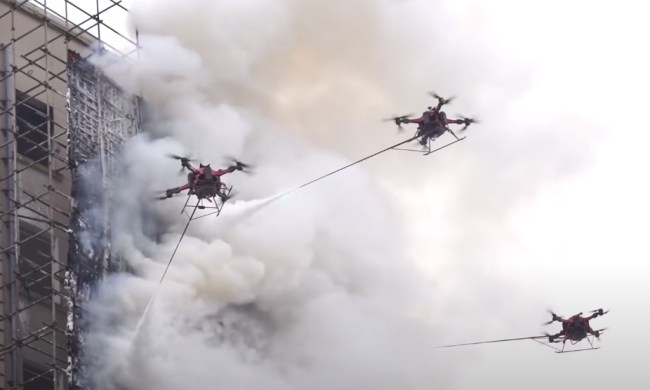Alphabet is ending its Loon initiative that used high-altitude balloons to provide internet connectivity to remote locations and places hit by disasters.
Loon CEO Alastair Westgarth broke the news in an online message posted on Thursday, January 21.
Westgarth said it had been unable to turn Loon into a commercially viable business, forcing it to wind down operations over the coming months after eight years of work.
“While we’ve found a number of willing partners along the way, we haven’t found a way to get the costs low enough to build a long-term, sustainable business,” the CEO wrote, adding that developing new technology is always “inherently risky.”
Westgarth praised his team for achieving a number of firsts, including developing new ways to safely fly a lighter-than-air vehicle for hundreds of days in the stratosphere to any place in the world, building a system for quickly and reliably launching a vehicle the size of a tennis court, and setting up a global supply chain for a completely new technology and business.
In another post, Astro Teller, who leads Alphabet’s X moonshot unit where Loon started life before being spun off into its own company in 2018, offered up some of the highlights from the team’s work over the years, writing: “From the farmers in New Zealand who let us attach a balloon communications hub to their house in 2013, to our partners who made it possible to deliver essential connectivity to people following natural disasters in Puerto Rico and Peru, to our first commercial partners in Kenya, to the diverse organizations working tirelessly to find new ways to deliver connectivity from the stratosphere — thank you deeply. Loon wouldn’t have been possible without a community of innovators and risk-takers who are as passionate as we are about connecting the unconnected.”
Teller added that although Loon is finishing, Alphabet’s commitment to connectivity continues with a $10 million donation to support nonprofits and businesses focused on connectivity, internet, entrepreneurship, and education in Kenya, where Loon has been providing a pilot internet service.
In an interview with Digital Trends in 2018, a Loon spokesperson said it was easiest to describe the balloons as “floating cellphone towers,” adding, “Loon works with mobile network operators to extend their networks to unconnected or under-connected communities.”
Loon’s flight system comprised three main parts. First, the high-altitude balloon, which keeps the system in the air. Second, a component holding the hardware necessary for navigation and safe operations. And third, a section housing the communications equipment required for connecting users on the ground.
Both Westgarth and Teller expressed a desire to see the continued use of technology that’s emerged from Loon, such as communications payloads able to connect from the stratosphere to many types of devices on the ground, and software capable of managing constellations of connectivity vehicles enabling the provision of a highly efficient internet service.
Teller said one of the immediate goals is “to take care of employees” by trying to find alternative roles for them at X, Google, and Alphabet.
Loon isn’t the first internet-beaming initiative that’s fallen out of the sky. Facebook, for example, abandoned an effort to build its Aquila internet drone in 2018, citing growing competition from the aerospace industry, though a year later reports suggested it was working with Airbus on a similar project. SpaceX is also working to provide internet service from up high via its space-based Starlink project that is continuing to grow.


